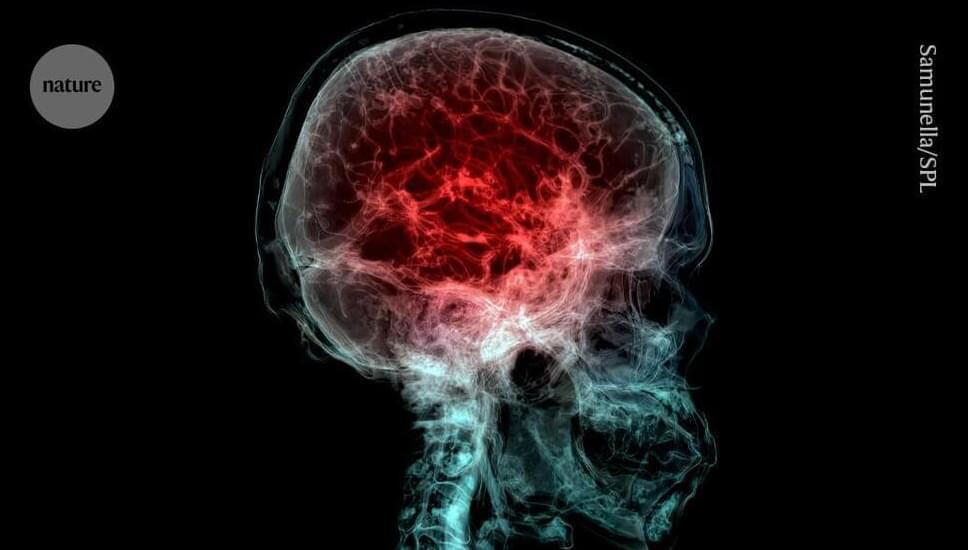
One-minute, short bursts of high-intensity interval training for 19 minutes may be more effective for improving fitness among people six months or more after a stroke than traditional, 20–30 minutes of moderate-intensity exercise sessions, according to research published today in the journal Stroke.
“This study shows that people with stroke can also benefit from high-intensity interval training,” said Kevin Moncion, Ph.D., a physiotherapist who led this study as part of his doctoral studies at McMaster University in Hamilton, Ontario, Canada. “With the right support and guidance, stroke survivors can safely and effectively engage in high-intensity interval training, significantly improving their overall health and recovery.”
The multi-site trial took place between September 2018 and March 2024 and included stroke survivors between six months to 5 years after a stroke. Researchers randomly grouped participants to receive either three days per week of 12 weeks of high-intensity interval training or three days per week of 12 weeks of traditional moderate exercise sessions. The high-intensity interval training protocol involved ten 1-minute intervals of high-intensity exercise, interspersed with nine 1-minute low-intensity intervals, for 19 minutes total. The moderate intensity continuous training involved 20 to 30 minutes of steady exercise at moderate intensity.


















